Is Earth Alive?
By John Palka — Posted March 5, 2017
As the pictures below remind us, on the pages of Nature’s Depths we have taken many a walk through the woods, across meadows, and along beaches, delighting in the living beings all around us and in the land and water forms that constitute the non-living habitat for life.
Today we are reaching beyond the immediacy of the wondrous world around us and asking a broader question: does the division into living and non-living really represent our best understanding of life on Earth? Or is there another perspective? Could we usefully think of Earth itself as being in some sense alive, of being a living planet?
Today’s science generally regards all celestial objects, including the Earth, as non-living. There is, however, a perspective developing among some scientists that raises the question of whether a planet like the Earth, on which life abounds, might appropriately be considered as living. One of the earliest formulations of this perspective is known as the Gaia Hypothesis, after the Greek goddess of the Earth, Gaia. It was developed by the British chemist James Lovelock and the American biologist Lynn Margulis. Lovelock and Margulis wrote frequently about their idea (see, for example, James Lovelock, Gaia: A New Look at Life on Earth), but the most compelling formulation I have found comes from the pen of David Grinspoon, a planetary scientist deeply interested in the possibility of life on other planets. Here is one way he raises the concept of a living planet, taken from his book Earth in Human Hands.
Margulis and Lovelock proposed that the drama of life does not unfold on the stage of a dead Earth, but, that, rather, the stage itself is animated, part of a larger living entity, Gaia, composed of the biosphere together with the “nonliving” components that shape, respond to, and cycle through the biota of the Earth. Yes, life adapts to environmental change, shaping itself through natural selection. Yet life also pushes back and changes the environment, alters the planet. This is now as obvious as the air you are breathing, which has been oxygenated by life. So evolution is not a series of adaptations to inanimate events, but a system of feedbacks, an exchange. Life has not simply molded itself to the shifting contours of a dynamic Earth. Rather, life and Earth have shaped each other as they’ve coevolved.
The rest of this post will be an exploration of what Grinspoon’s formulation of the Gaia Hypothesis might mean in more concrete terms. We will contemplate our planet from several perspectives, so our exploration will be longer than usual.
THE AIR WE BREATHE
Readers of Nature’s Depths are familiar with the fact that the oxygen on which our life depends comes from the photosynthesis carried out by plants. Were there no plants to capture the energy of the Sun, use it to synthesize sugar, and in the process release oxygen, animals including us human beings would not be here. Let’s look into this relationship a bit more deeply.
The oxygen in our Earth’s atmosphere was put there by life. Without life, planetary atmospheres contain negligible amounts of oxygen. This is because oxygen is extremely reactive, quickly combining with other elements and compounds and thus disappearing from the atmosphere. Today Earth’s atmosphere contains about 21% oxygen. Without life, it would contain barely measurable amounts. Thus, the chemical composition of our atmosphere has been profoundly shaped by the Earth’s living, photosynthesizing organisms. We say that the gaseous composition of Earth’s atmosphere is out of equilibrium because it takes energy—the energy of the Sun harnessed by photosynthesis—to maintain this extraordinarily high concentration of oxygen.
Atmospheric oxygen made the spread of life to land possible and continues to protect it. This may seem like an odd claim, but here is the basis for it.
Our Sun emits ultraviolet radiation in abundance, and UV radiation is lethal to life. In fact, one of the most effective ways of disinfecting objects is to expose them to UV radiation. That’s why it is used to treat water, food, and other materials. The damage that UV causes to living cells is also the reason we use sunscreen to protect our skin against burns and against increasing the risk of skin cancer.
Early in Earth’s history, prior to the release of oxygen into the atmosphere by photosynthetic bacteria and plants, the UV radiation reaching the planet was more than enough to kill any life that might have tried to gain a foothold on the surface of the continents. Water effectively absorbs UV, so organisms living in the ocean were protected and could survive and evolve, but the vast land surfaces of the continents were initially barren. It was the photosynthesizers that made life on land possible. They did this by creating a layer of ozone that serves to protect the Earth’s surface from the lethal UV.
The ozone layer in the stratosphere is created when oxygen molecules (O2), coming from photosynthetic organisms, are driven by the ultraviolet wavelengths of sunlight to combine into ozone molecules (O3). These ozone molecules also absorb UV, and in the process split apart. For terrestrial life on Earth, this UV-absorbing/ splitting of ozone is crucial. There is enough ozone in the stratosphere’s ozone layer to absorb 97-99% of the incoming UV, so life exposed directly to sunlight is protected. That’s why damage to the ozone layer due to man-made chemicals, first detected in the 1970s and sometimes referred to as the ozone hole, was such a serious matter and called forth perhaps the most significant agreement on environmental protection ever implemented by the international community, the Montreal Protocol. Signed in 1987, this agreement has proven to be highly effective. The rate at which the ozone layer is being damaged has dropped, and recently some actual recovery from depletion has been seen.
In sum, oxygen released by photosynthetic living organisms allowed the spread of life to the land. Life on Earth drastically modified the environmental conditions in which life itself exists and evolves. As Grinspoon wrote, “. . . life and Earth have shaped each other as they’ve coevolved.”
MOLECULES READILY CROSS BETWEEN THE LIVING AND THE NON-LIVING
Atoms and molecules pass freely between the living and the non-living components of the Earth. On Nature’s Depths we have explored this proposition in some detail before, most recently in the post titled The Earth System. Let’s review quickly.
All living things are part of, and indeed drive, the Earth’s oxygen cycle. They are also part of the carbon cycle, the nitrogen cycle, the phosphorus cycle, and planetary cycles for many other materials. They actively participate in the water or hydrologic cycle. We air-breathers exhale water with every breath, and trees and other plants bring water up from the soil and release it across their above-ground surfaces into the atmosphere.
All the chemical constituents of which living organisms, including humans, are made pass repeatedly between these organisms and the physical environment. There is no tight boundary at the molecular level between life and non-life. As Grinspoon wrote, ” . . . Gaia [is] composed of the biosphere together with the ‘nonliving’ components that shape, respond to, and cycle through the biota of the Earth.” (The emphasis here is mine.)
AT THE SYSTEMIC LEVEL, THE LIVING AND THE NON-LIVING SHAPE EACH OTHER
Life evolves in a physical environment, and in turn shapes that environment. Earthworms live in the soil but also turn it over and enrich it. Piddock clams anchor themselves by drilling holes in the rocks of the Pacific shore of North America. The ocean waves bring in the tiny organisms on which the clams feed. The holes speed up the erosion of the rocks by those self-same waves.
A variety of marine organisms, including corals and some of the plankton that floats near the surface of the ocean, make skeletons or shells that contain a large proportion of calcium carbonate. When they die, they sink to the bottom and form limestone. This limestone may be uplifted by geological forces to form strata at the Earth’s surface. We humans quarry limestone to construct buildings.
Many plants that grew in ancient times were buried without decaying and formed the underground strata that are the source of our coal, and planktonic organisms floating near the surface of the water drifted downward to form layers on the bottom that eventually turned into oil and gas. Humans mine and drill the Earth to extract these fossil fuels. Activities that depend on fossil fuels modify the atmosphere in various ways and affect all of life on Earth.
Rainfall sustains the forests, which take up carbon dioxide and release oxygen, influencing the planet’s atmosphere. Similarly, the rains sustain the grasslands on which many wild animals depend, and they make human agriculture possible. Falling rains and rushing rivers are also agents of erosion, sculpting the Earth’s surface and producing even such massive geologic features as the Grand Canyon. Plants move large amounts of water into the atmosphere and their roots help to stabilize hillsides and cliffs against erosion and slides.
Organisms have adapted to occupy every nook and cranny of the Earth’s sculpted environment. Wherever they live, they modify that environment.
FORESTS WATER THEMSELVES
We have seen that all plants draw water up from the soil through their roots and evaporate it into the air through the stomata of their leaves (Water Rising). This process is called evapotranspiration. Evaporation causes cooling (think of alcohol-containing hand sanitizer evaporating from your skin), so atmospheric cooling is one way that evapotranspiration affects climate locally. But there appears to be another way, and if the hypothesis is correct this is a far greater effect.
About ten years ago two Russian physicists, Anastasia Makarieva and Viktor Gorshkov, proposed a novel mechanism for how forests influence not temperature but rainfall. Their idea, which they called the biotic pump or the forest pump, is this. As water evaporates from the surface of leaves through the stomata, the resulting water vapor rises. The Earth’s atmosphere is cooler at higher elevations, leading the vapor to condense into liquid water and fall as rain. This liquid water occupies less space than does dispersed water vapor, so the barometric pressure over the transpiring forest falls. This draws in air from surrounding regions where the pressure is higher. Ultimately, this air comes in from over the ocean and brings with it abundant moisture. So, the interior of a vast forest like the Amazonian rain forest remains moist because the water that runs off in the river is replenished by the atmospheric moisture that the transpiration-driven pump brings in from over the ocean. On this hypothesis, the forest waters itself!
This is still a rather new idea, and many of its predictions remain to be tested. Nevertheless, it offers an explanation for the moist climate that prevails in huge river basins like the Amazon, and helps us think about why deforestation so often seems to lead to desertification. Without a forest to pump in moist air from over the nearest ocean, rains fail and the land becomes arid.
This is another example of how the living components of our Earth interact intimately with the non-living in a single system, and that system in turn influences its living components.
DAISYWORLD
Lovelock was interested in exploring how interactive systems could work in ways that would lead to the generation of environmental conditions that are both supportive of life and stable over time. To do this, he developed a computer model that allowed the analysis of one important aspect of the whole Earth’s physical state, the temperature. In particular, Lovelock’s model showed how temperature could be maintained stable over billions of years even though Earth has been drawing slightly closer to the Sun and therefore should have been getting substantially hotter. He called his model Daisyworld, and white daisies came to be emblematic of the Gaia Hypothesis. Here is the core idea.
White surfaces are white because they reflect all wavelengths of visible light and thus do not absorb its energy. If these surfaces don’t absorb solar energy, they don’t heat up (which is why, if you’re walking barefoot on a hot, sunny day, it’s much better to choose a light sidewalk than black asphalt road). Many empirical studies show that slight increases in temperature promote the growth of plants, even though they often reduce crop yields. Large increases, however, are highly deleterious.
When the Daisyworld model starts, the temperature at Earth’s surface has reached a level that sustains the growth of heat-absorbing black daisies but is too cold for heat-reflecting white daisies. The black daisies thrive, so the Earth absorbs more of the Sun’s energy and the temperature rises. Over time, the temperature becomes right for both black and white daisies. As it continues to rise, it becomes deleterious for black daisies and the proportion of white daisies increases. This causes more of the Sun’s energy to be reflected, so the Earth cools a bit. The opposing effects of black and white daisies on sunlight, and therefore on the heating of the Earth’s surface, work to stabilize the Earth’s temperature.
This kind of stabilizing feedback or homeostasis is a hallmark of living organisms. In this sense, Lovelock and Margulis said, it is useful to think of our Earth as a living superorganism, Gaia.
WHAT DO YOU THINK?
I have been intrigued by the Gaia Hypothesis of Lovelock and Margulis, and by ideas that link to it such as those of Grinspoon and of Makarieva and Gorshkov. Here is how I think about it.
- The oldest idea is that living organisms inhabit a non-living Earth and adapt to the conditions that Earth provides them. These are true statements, but they neglect the multitudinous ways in which the living components affect the non-living, so to me this has become too limiting a viewpoint.
- An intermediate idea is that the living and the non-living components of the Earth co-evolve, but you can always tell life from non-life, and legitimately speak of the two separately. They are interacting components but they retain discrete identities. This is the perspective with which I am most comfortable.
- The Gaian perspective goes a step further. It emphasizes the idea that when components interact as closely as the living and non-living components present on Earth do, they constitute a whole. To keep attention focused on this whole, it is useful to think of Earth as a single living superorganism, Gaia. For me this is a stretch, and I am not ready to go there. It does, however, give me a new appreciation of how different Earth is from planets that have no life, that are indisputably dead. And contemplating how different our Earth is helps me to appreciate how special it is, and to be grateful that I am a part of it.
How about you? How far would you go? Would you say that Earth is alive? And have you seen the very recent report of seven newly-discovered planets circling a star only 39 light years away from us, each roughly similar to the Earth in size and at a distance from the star that suggests the possibility of liquid water on its surface? In a few years we may know whether their atmospheres are out of chemical equilibrium as Earth’s is. If that proves to be the case, we may find ourselves seriously wondering whether Earth has a living companion out there in the galaxy!
Let me close with one more quote from David Grinspoon.
When we stop thinking of planets as merely objects or places where living beings may or may not be present, but rather as themselves living or nonliving entities, it can color the way we think. Perhaps life is something that happens not on a planet but to a planet: it is something that a planet becomes.
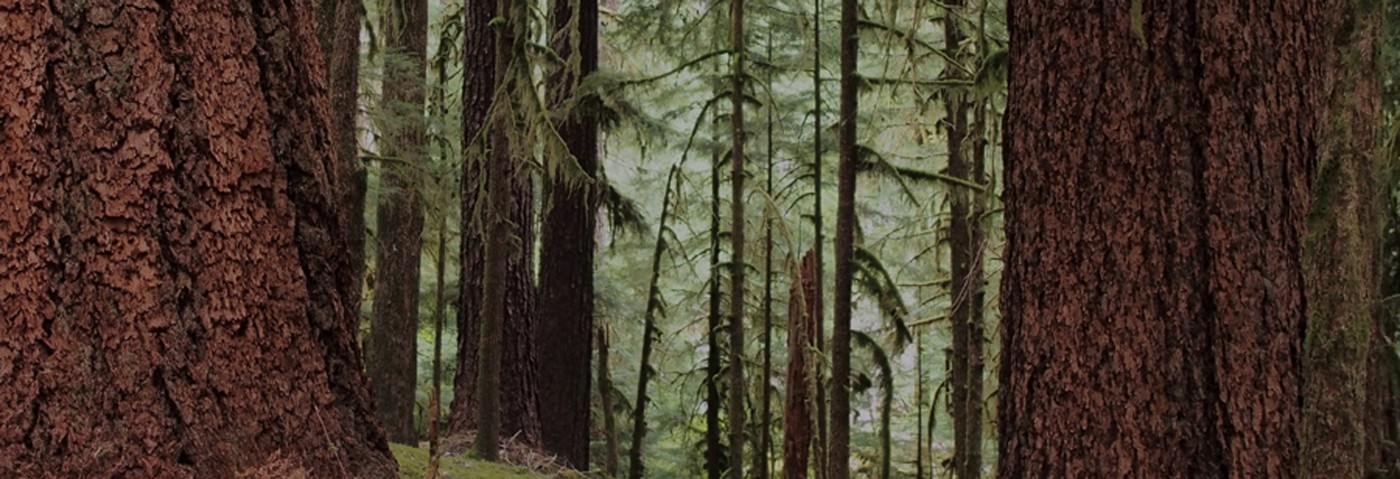
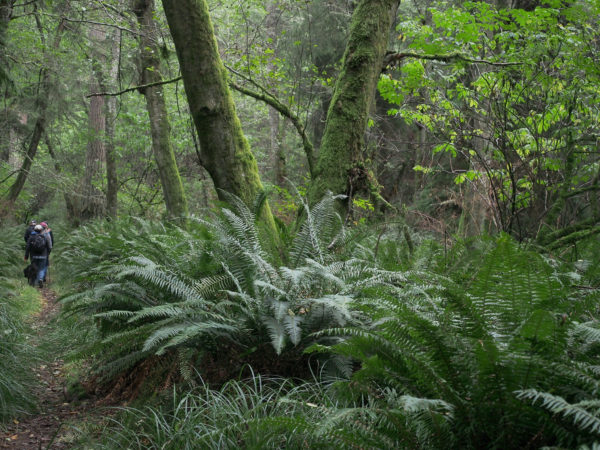
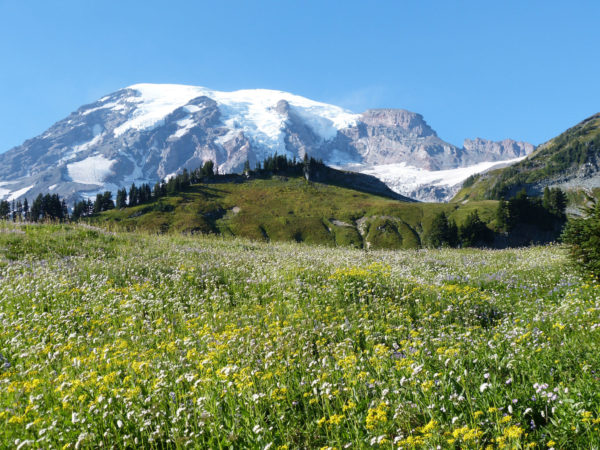
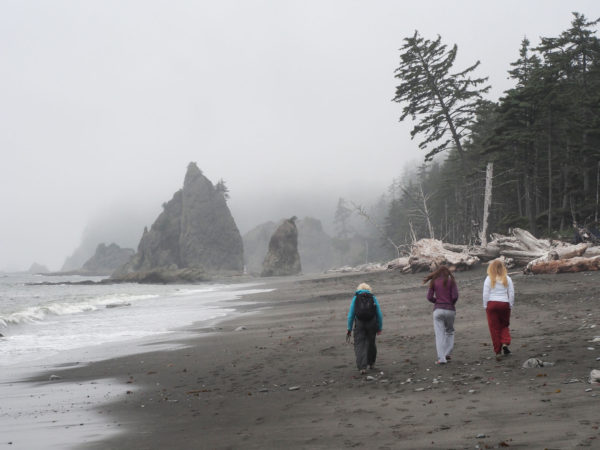

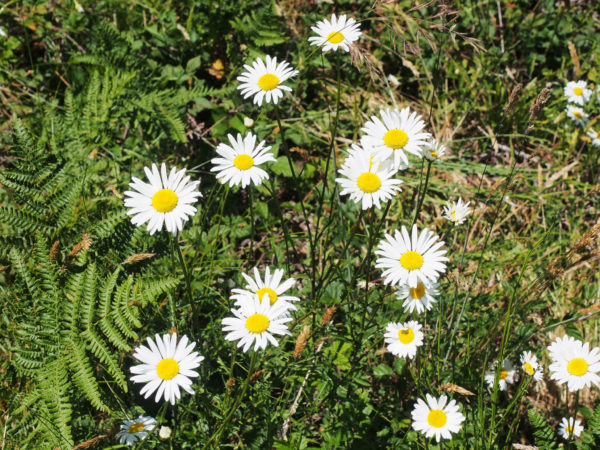
In theology we have been moving in this direction for some time, away from the idea that nature is a fixed and neutral stage on which the human drama plays out and towards the idea that nature is historical and history is natural and that humanity is wholly embedded in this nature-history and emerges as result of it. What remains uncertain in contemporary deliberation is how to affirm the special responsibility of humanity, who has now come consciously to know and understand these processes, a special privilege and dignity and itself an instance of the feedback loop the article lifts up — at least if we become conscientious stewards of the planet! I don’t know that speaking of earth as a living being has more than poetic or heuristic purchase, but it is certainly the case that the boundaries between animate and inanimate processes are more permeable than ever before in human understanding. Great set of reflections, Johnny, thank you!
Thanks, Paul. I loved your opening sentence! There is a lot on human consciousness and stewardship in Grinspoon’s book, should you want to browse through it.
Johnny, Nature’s Depths is always inspired reading. And my brain, as I read this post, was swimming in an uncomfortable sea. The sea that many of my indigenous friends live in – that of animism. When I try to develop culturally sensitive curriculum, I remind myself to avoid forcing others to define “living” by the standards I was raised with. You describe them as, “The oldest idea is that living organisms inhabit a non-living Earth and adapt to the conditions that Earth provides them”. It left me considering the EVEN-OLDER view, pre-science as a discipline. Thanks always for a good read!
Thanks, Linda. I originally had a paragraph on pre-scientific sensibilities, but I took it out because the post was already really long. How you treat non-scientific understandings of topics in which science has a competence is delicate indeed. My own experience has been that a welcoming attitude fosters rewarding discussions, and more often than not the discovery that some ideas are actually shared.
Lovely piece! But Daisyworld and homeostasis are misleading ideas. There is abundant evidence that our Earth has a bi-stable climate, and can oscillate between a ‘snowball’ and a ‘hothouse’ state. The stability we see appears to be true only on time scales that are short relative to the age of the planet (or the age of the ‘modern’, oxygen-rich planet). On scales of ten to one hundred thousand years or more there is little stability.
Thanks, Peter! Daisyworld, of course, is extremely simple and couldn’t begin to account for the Earth’s actual temperature history, no matter what the time scale. It’s main point was to demonstrate how living things could contribute to temperature regulation via mechanisms that are based on well-established principles of natural selection – no exotic properties of life, of group selection, or anything else fringe required. The history of thought on Gaia and on Daisyworld is very interesting. The link to Wikipedia that I provided does a nice job on the Daisyworld idea.
Johnny, fascinating, educational, and thought-provoking as usual. Thank you. I am not a scientist. There are times my mind does not work in a rational or logical manner. At the same time, I believe in science and its explanations of how things work, recognizing the limitations inherent in our abilities to see, measure, and define. This causes me to insert the phrase “as we know it,” after any reference to the existence of life on some place other than Earth. This thought process, naturally reinforced by Star Trek and Star Wars influences, does not denigrate my appreciation of explanations and ruminations like yours in this blog post. Certainly, until we have empirical evidence, there is no way to discuss extra-terrestrial life forms that differ from what we are familiar with here. I just like to keep that possibility in my mind as I think it would cause a major, and perhaps necessary, upheaval in everything we believe and think we know. It would certainly make us reconsider the sense of Terrestrial and Human Superiority which seems to guide dominant cultural thinking.
In the meantime, until we have such evidence, please keep up your posts as I thoroughly enjoy learning from them.
“Life as we know it” – I totally agree, Allan! But what’s interesting is that Lovelock initially conceived of Gaia precisely in the context of helping NASA in its search for life on Mars that might be quite different from what we know on Earth. That’s where his emphasis on atmospheres that are out of chemical equilibrium comes from. It takes energy to operate a living system, and it takes energy to maintain an atmosphere out of equilibrium. This is true irrespective of what the nature of particular form of life might be like. The Martian atmosphere is not out of equilibrium, as we can tell from Earth-based optical (spectroscopic) analysis. Therefore he predicted that no life on Mars would be found. Thus far it seems that he was correct. We’ll see if anything changes! His approach is now being used in studies of exoplanets.
Johnny, I think you have found just the right tone. From a religious naturalist persepective, it may sound nice to personify all these sacred ideas with a goddess, but I fear that usually leads to such reification as to obscure rather than elucidate, the important dynamics. So we can appreciate the Gaia metaphor without taking it literally, which is perhaps what Lovelock and Margulis intended.
Yes, Lovelock and Margulis have been described as interested in provoking discussion. I have to say, though, that for me the notion of a living Earth (subtly different from Gaia) does what Grinspoon says it does, it colors the way I think. For me, it is neither just a metaphor nor literally true, but a powerful image that helps me focus on unity in complexity in a way that a description of the details by itself does not do. It’s a tricky balance!
Hi Dr. Johnny it’s Thomas C. From KMS! Love the post! Keep it up it’s great stuff!!!
I’m glad my efforts continue to work for you!
John,
Another interplay between life and earth is the role that life has in “mineral evolution.” Robert Hazen at Carnegie has developed this concept. It’s something as a geophysicist I had never considered but once you see it, you realize “Of course!” Your section on “AT THE SYSTEMIC LEVEL, THE LIVING AND THE NON-LIVING SHAPE EACH OTHER” was particularly fascinating and you can extend further into crystals.
Nice website, btw.
Chuck Diggins
Thanks, Chuck. Will follow up. Can you send a link to get me started?
Sure, John.
http://hazen.carnegiescience.edu/research/mineral-evolution
Absolutely fascinating. Thank you!
Hello John. I agree with your second choice, the interactions between life and non-life, but also with the appreciations that our planet has been more than just a location for life but an active partner. I’ve also been thinking about why people might overextend the notion of “alive” to the planet itself or even the cosmos. Perhaps one reason is that it is easy to feel that by doing so, we grow closer to nature, that the cosmos is after all very much like us. But I find the opposite, that the cosmos seems full of mysteries, that organic life on and with earth is only one of many marvels, and that is all the more reason to cherish it.
I’m new to your blog here and I look forward to reading it.
Brock Haussamen
Thank you for this very thoughtful and evocative comment, Brock. I hope you will find Nature’s Depths to be of continuing interest and value.
Dear John,
Sincere thanks for your inspiring work, and that great generosity of spirit which makes it happen.
I subscribe to a stronger Gaia hypothesis than I have yet read of.
If our expanding cosmos results from a big bang which has not been and is not influenced by any outside force or medium into which it may be expanding, then presumably every thought conveyed on these pages had its seed in the bang…in which case our entire cosmos expands, acts, evolves etc. as one living entity.
Alter the tiniest subatomic part of that cosmos, and you affect the entire cosmos.
Were any of our neighboring planets differently composed or placed, life as we know it would hardly exist here on – or for – Earth.
Were the moon and sun not so nearly identical in size viewed from Earth, and those clouds not parted JUST long enough when and where they did in 1919, during the solar eclipse, Einstein would not have had his experimental confirmation…and we would not be here now.
Had Kennedy not survived his PT 109’s being sliced in two, etc., Gaia might have experienced a nuclear holocaust by now. But it is the same Gaia who produced Kennedy and Khrushchev RIGHT then, and Pope John XXIII, too, so presumably She did not need a holocaust right then – at least, not this, my and your particular present parallel universe.
I suspect that Niels Bohr and mystics of all religions and of none might agree with this.
Heart- and soul-felt thanks, again, John!
Namaste and comfort and joy!
Tom Kelly.